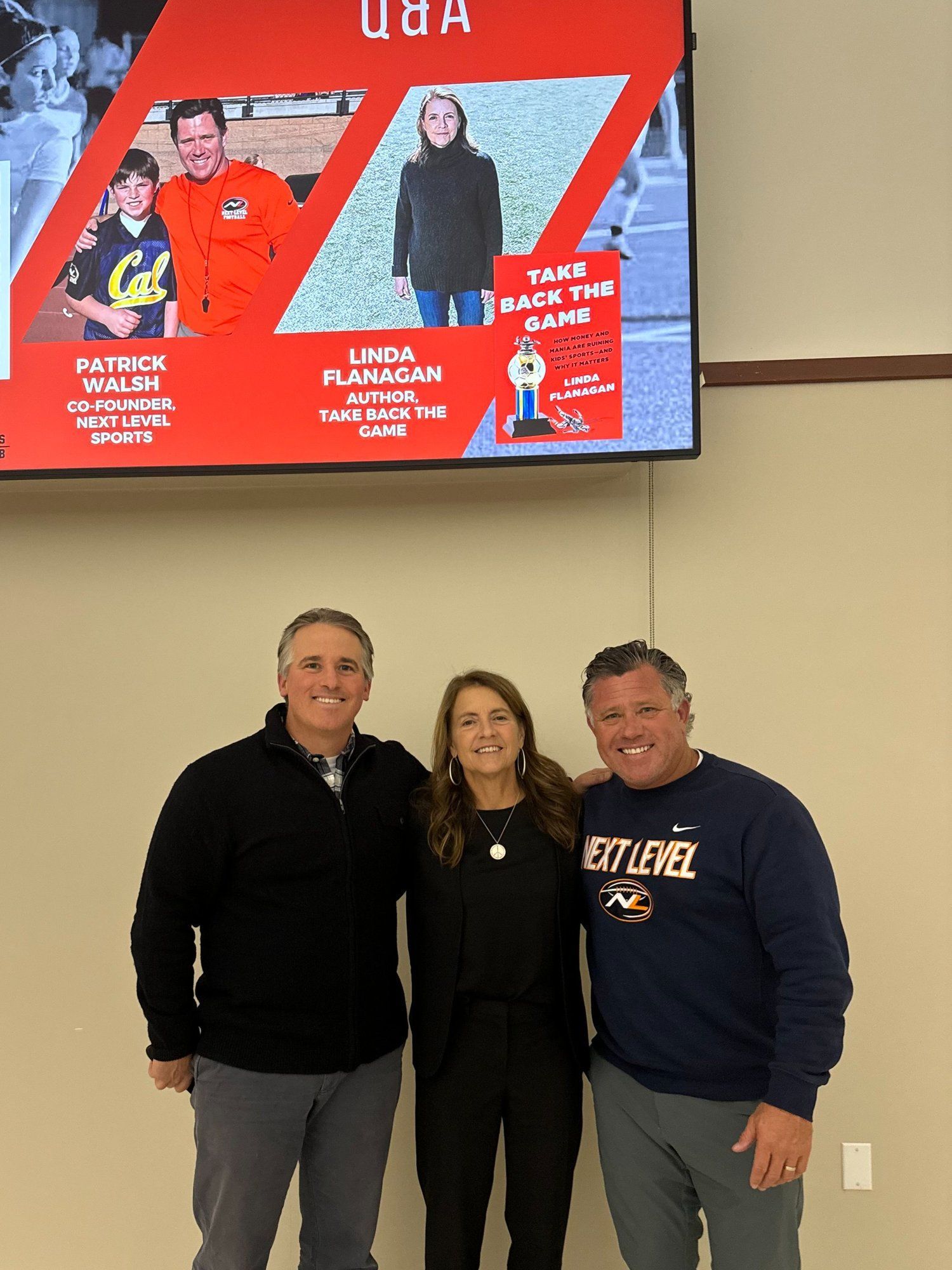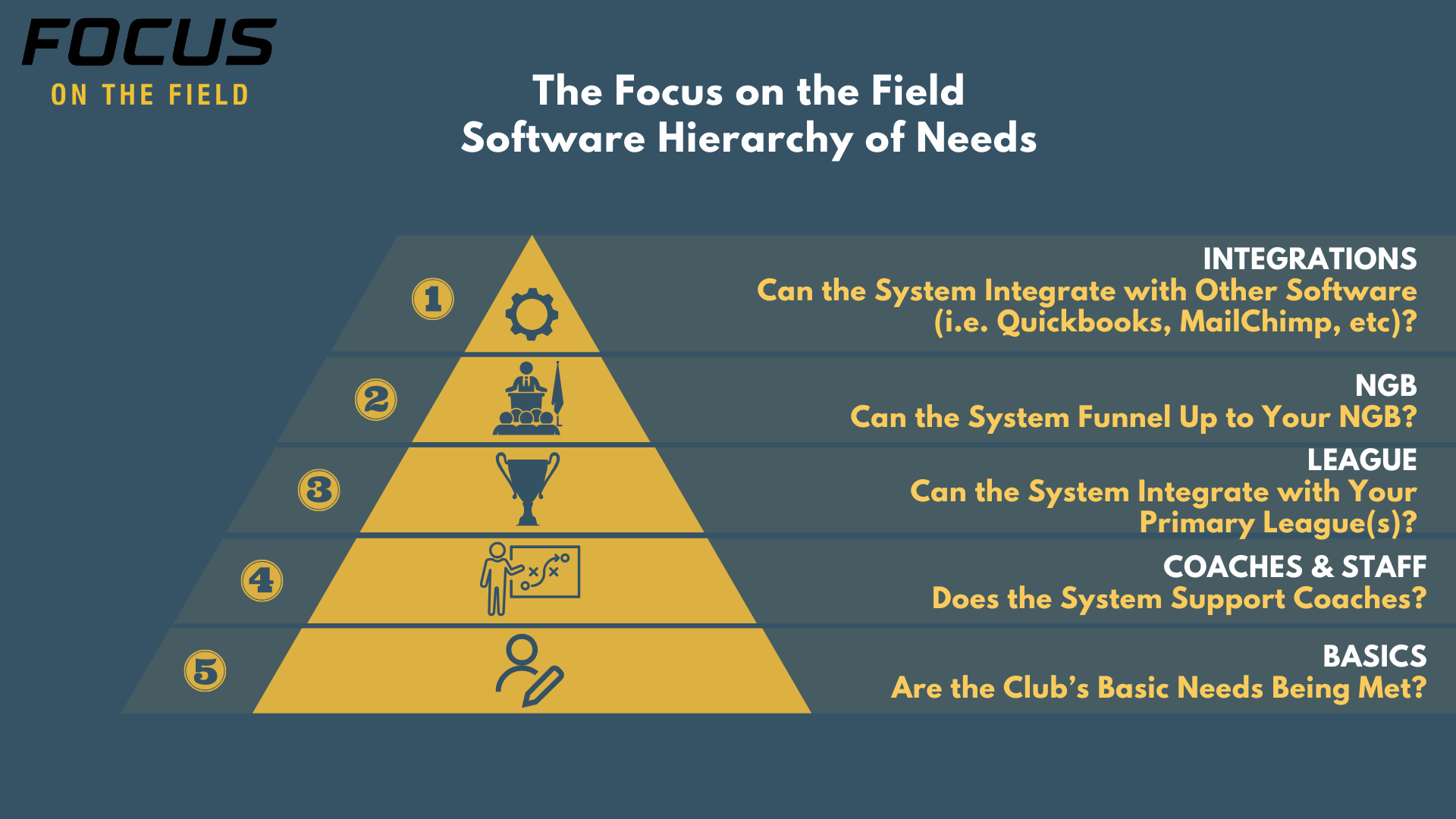Wait…I’m the President Now?

Year 1: My daughter joined a youth soccer team and they asked for volunteers, so I signed up to be the team parent. I mainly check for RSVPs and coordinate snacks.
Year 2: My daughter made the travel team, and since I had some experience they asked me to be the team manager. It’s a bit more work and I now have to make sure our paperwork is properly submitted for tournaments, I work with the club’s CFO to budget out travel and I liaise with the parents on all travel arrangements.
Year 3: The club needed board members, and since I’ve been with them for a few years I was nominated to be the Board Secretary. I’m now not just responsible for one team, but also the entire club and its overall administration.
Year 4: Tom is leaving as President and you’re the only one qualified to take over, so it was decided, you should be the President now.
Wait…..I’m the President Now?
Sound like a familiar story?
Most people don’t become the President of a youth sports organization by choice. It’s not because they don’t want to help out, but it’s often thrust upon them in a moment of need. With the decline of volunteerism in this country, the true volunteers are often being asked to do part-time if not full-time jobs, but for no pay and with very little resources.
So what do you do if you find yourself in this situation?
Step 1: Breathe
Take a deep breath and know you’re not alone. What you are doing is noble and without you most organizations could not function.
Step 2: Don’t Be Afraid
While you may have been “voluntold” to take this position, you also had to have been trusted enough among your peers to be given this position as well. You are capable.
Step 3: Know Who You’re Working With
Get to know those involved with your organization, be it:
-
Your board members - get to know them, their strengths, weaknesses, what they can bring to the club
-
Your staff - if you have a staff do the same that you did with your board, you need to get to know them, and conversely they need to get to know you
-
Your key players - every sports organization that I have worked in always has those key players that make your org function - whether it’s Joe from the county who maintains your fields to Susan in permitting that assigns your field permits to your software vendor to your uniform provider - find out who those folks are and introduce yourself. Their function is tantamount to you being able to provide a successful program.
-
Your community - you’ve likely been a part of this community and organization for a while, but maybe you’ve only focused on a small piece. If possible, start going to all of the different programs your organization offers just to spectate (be that camps, clinics, games, tournaments, etc)
Step 4: Know Your Numbers
If your organization is upside-down and hemorrhaging money you won’t be much use as its President. You should know penny by penny how your money (revenue) comes in (this includes sponsorships, grants and other subsidies) and how it goes out (expenses, salaries, insurance, NGB compliance fees) - you name it, you should know what is going to be reported on your 990 come year’s end.
Step 5: Know the Rules
Make sure you know the rules for your organization, your sport and your state. Key areas I always advise people learn:
-
What is our refund policy?
-
What is our concussion policy?
-
What is our code of conduct? (For parents, players and coaches)
-
Do we have a social media policy?
-
What is our substance abuse/drug policy?
-
Who is your national governing body (NGB) and what are the associated annual requirements for board members, staff, coaches and players?
-
Does the org have to adhere to any statewide policies like AB506?
This part will likely take a while, but as the President of the board (especially if you don’t have an Executive Director or General Manager to run day to day operations), you are ultimately responsible for knowing and enforcing these policies/rules.
Step 6: Go on a Fact Finding Tour
In doing steps 3 and 4 you’ll likely find gaps, efficiences, errors and areas for improvement. Write those down.
Step 7: Keep Things the Same
DON’T MAKE CHANGES RIGHT AWAY. That’s right, do not change anything unless you absolutely have to in the beginning. At Focus on the Field we almost always run a league or club the same way for at least one season to get a sense and feel for how an organization works. Then and only then do we suggest or make changes.
Step 8: Put a Smile on Your Face
And lastly and most importantly be positive and energetic. Energy feeds energy, so even though you may be overwhelmed at times, your positivity speaks volumes. You got this!
And if for some reason you don’t or just need another hand, that’s why Focus on the Field exists. 🙂











